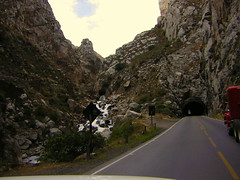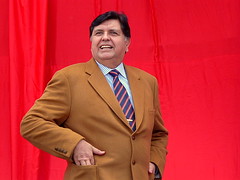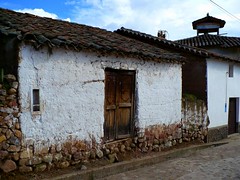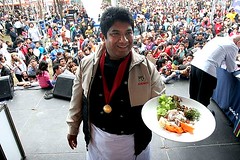Machu Picchu reveals new secrets: Inkaraqay
Only ever seen by a few people over the past century, the Inca site of Inkaraqay located on an inaccessible and nearly vertical side of the Huayna Picchu mountain that overlooks Machu Picchu, is only now being revealed to the wider world.

With the appearance of a fort hanging on to the sheer drop that gives way to the Vilcanota river and the well-known moon temple below, its huge walls and terraces covering 4,500 square metres are actually agricultural in nature.
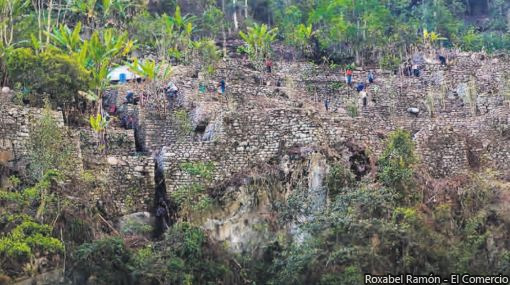
Accompanying the five levels of farming terraces is a ritual platform dedicated, as with the temple nearer the mountain’s foot, to the worship of the moon.
“The architecture of these terraces is superior to even those of Machu Picchu itself,” says Piedad Champi, resident archaeologist. Specially designed water channels appear and disappear from terrace to terrace, bringing running water to every area without fail.
“This was one of the sectors that provided food that they ate in Machu Picchu. It’s connected through a series of stairs that go to the Moon Temple and then around Huayna Picchu“, explains Champi, himself of the opinion that Machu Picchu was a retreat for emperor Pachacútec.


This route is not for those who suffer vertigo. It involves a infinitely long and incredibly steep climb of seven hours. In some areas, quite unlike the way it would have been in Inca times, the path now involves climbs with ropes over sharp rocks. A guide, a machete and several types of snake anti-venoms are must-haves, although these are scarce among those working on restoring the site.
“They’ve bitten my grandfather plenty of times”, one worker laughs, his mouth full of coca, “but they don’t bite me – they know me now”.
Hebert’s grandfather, German Echegaray, has lived for 70 years at the foot of Huayna Picchu making a living from growing avocados, coffee and fruit for sale in Cusco. In the 1940s he removed most of the heavy brush from the terraces. “He wanted to make use of them for his produce. He didn’t discover the ruins though, loggers had long since passed through”, Hebert explains.
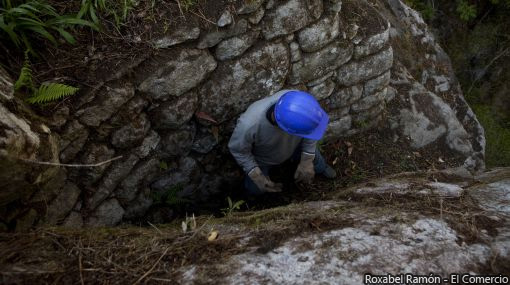
Hebert, full of local knowledge, goes on to explain that there are 16 types of snake, but only one is deadly. There are even spectacled bears and ten types of orchids.
Inkaraqay, along with a complex denominated Andenes Orientales (Eastern Terraces) are to eventually be integrated into the Machu Picchu Archaelogical park.
Huayna Picchu – top and bottom


Tags: huayna picchu, incas, machu picchu, ruins



